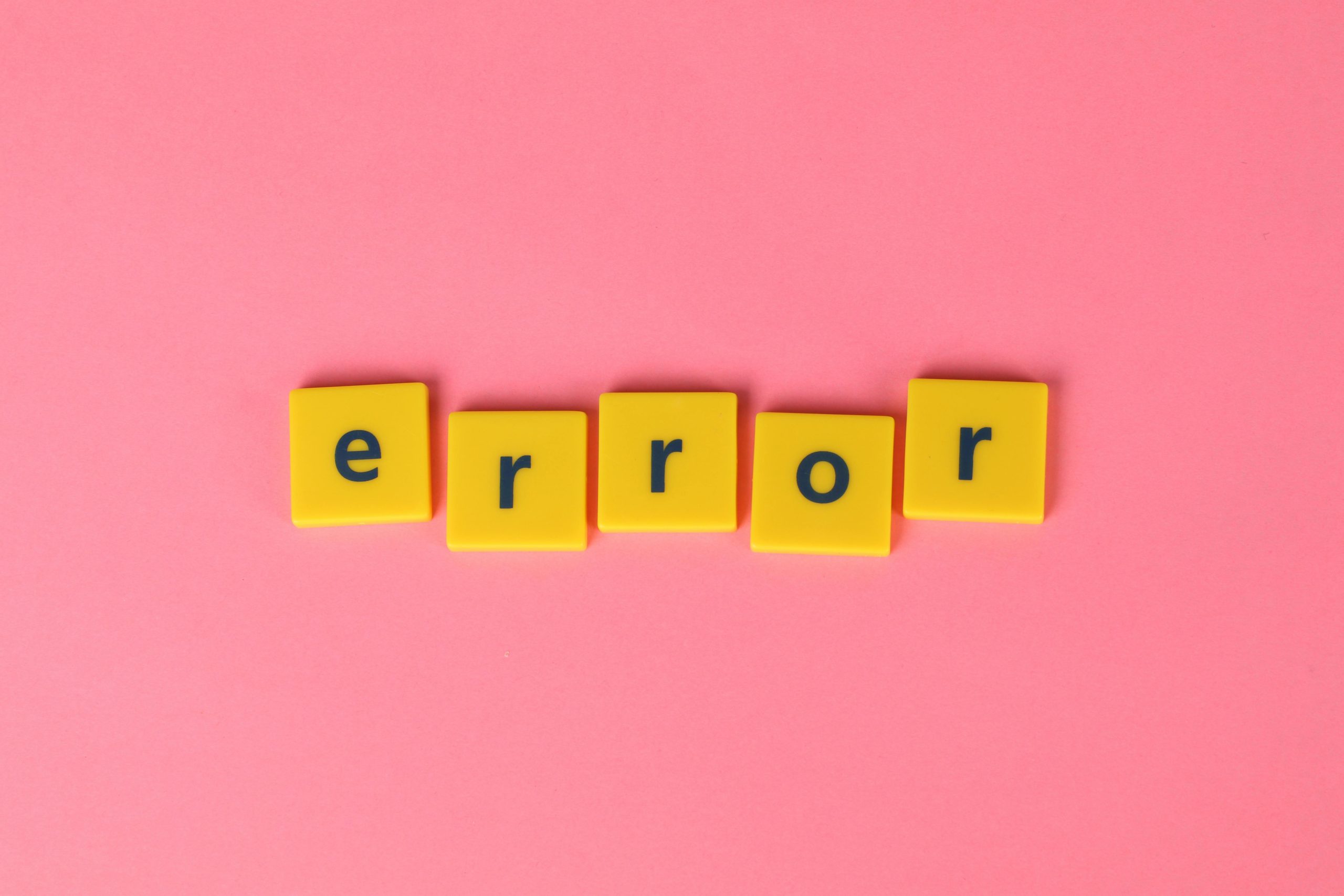Using coupons seems like a straightforward way to save money on groceries. Clip some paper, scan a digital code, and watch the total drop at checkout. However, maximizing coupon savings isn’t always simple. Many shoppers, even those trying to be frugal, make common mistakes that actually negate savings or even lead to overspending. Effective couponing requires a strategy beyond just collecting discounts. Are you making the most of your coupons, or could certain habits be undermining your budget goals? Let’s explore six frequent couponing mistakes you might be making without realizing it.

Image Source: Pexels
1. Buying Items You Don’t Need Just Because You Have a Coupon
This is perhaps the most common couponing trap. You see a coupon for $1 off a product you don’t normally buy or need. The lure of the discount tempts you to purchase it anyway, thinking you’re saving money. However, spending money on an unnecessary item, even at a discount, means you’ve spent more than you would have otherwise (which was zero). Unless the coupon is for a product you regularly use or genuinely need to try, using it just “because” leads to impulse buys and budget overruns, not true savings.
2. Not Comparing Unit Prices (Brand Name + Coupon vs. Store Brand)
A coupon for a national brand doesn’t automatically make it the cheapest option. Always compare the final price (after the coupon) with the regular price of the store brand or a competing generic version. Calculate the unit price (price per ounce, per pound, etc.) for both options. Often, the store brand is still significantly cheaper per unit, even after applying the coupon to the pricier name brand. Failing to make this comparison means you might be paying more overall simply to use the coupon on the familiar brand.
3. Ignoring Coupon Expiration Dates or Fine Print
Coupons almost always have expiration dates, and they often include specific restrictions in the fine print. These might limit the coupon to certain sizes, flavors, or varieties of a product. Forgetting to check the expiration date means the coupon won’t scan at checkout. Ignoring size or variety restrictions leads to frustration when the coupon is rejected for the item you picked up. Carefully reading all terms ensures the coupon is valid for your intended purchase and prevents checkout delays or missed savings due to oversight.
4. Not Matching Coupons to Store Sales Cycles for Maximum Impact
Using a coupon provides some savings. However, using a coupon when the item is also on sale at the store maximizes those savings significantly. Many stores run predictable sales cycles for certain product categories. Strategic couponers often hold onto their coupons until the corresponding item goes on sale, then “stack” the coupon discount on top of the sale price. Using coupons only on full-priced items means you’re missing out on the opportunity for much deeper discounts available through timing and strategic matching.
5. Failing to Organize Coupons Effectively

Image Source: Pexels
Having a stack of unsorted coupons makes it difficult to find the ones you need while shopping. You might forget you have a relevant coupon or miss deals simply because you can’t locate the discount quickly in the aisle or at checkout. Effective couponers use organizational systems – binders with category tabs, envelopes, digital coupon apps, or simple clipping methods – to keep track of their coupons. An organized system allows you to easily see what discounts you have available and match them to your shopping list efficiently.
6. Only Using Manufacturer Coupons (Ignoring Store & Digital Options)
Manufacturer coupons (found in newspapers or online) are just one type. Many grocery stores offer their own store-specific coupons through weekly flyers, mailers, or loyalty apps. These store coupons can often be “stacked” with manufacturer coupons for the same item, leading to double savings. Additionally, numerous digital coupon platforms and cash-back apps (like Ibotta, Checkout 51, or store apps) offer savings easily clipped or redeemed via smartphone. Relying only on paper manufacturer coupons limits your overall savings potential significantly.
Couponing Smarter, Not Harder
Coupons can be a valuable tool for saving money on groceries, but only when used strategically. Avoid common mistakes like buying unneeded items, neglecting unit price comparisons, ignoring fine print, failing to match coupons with sales, lacking organization, and overlooking store or digital discounts. Effective couponing requires planning, attention to detail, and discipline. By using coupons thoughtfully as part of a broader savings strategy, rather than just chasing discounts impulsively, you can genuinely reduce your grocery bill without falling into common traps that lead to overspending. Make coupons work for your budget, not against it.
What couponing mistakes have you made in the past? What are your best tips for organizing coupons and maximizing savings effectively? Share your strategies below!
Read More
Is Shopping at Whole Foods a Flex or a Financial Mistake?
5 Mistakes That Are Costing You More at the Grocery Store Each Week

